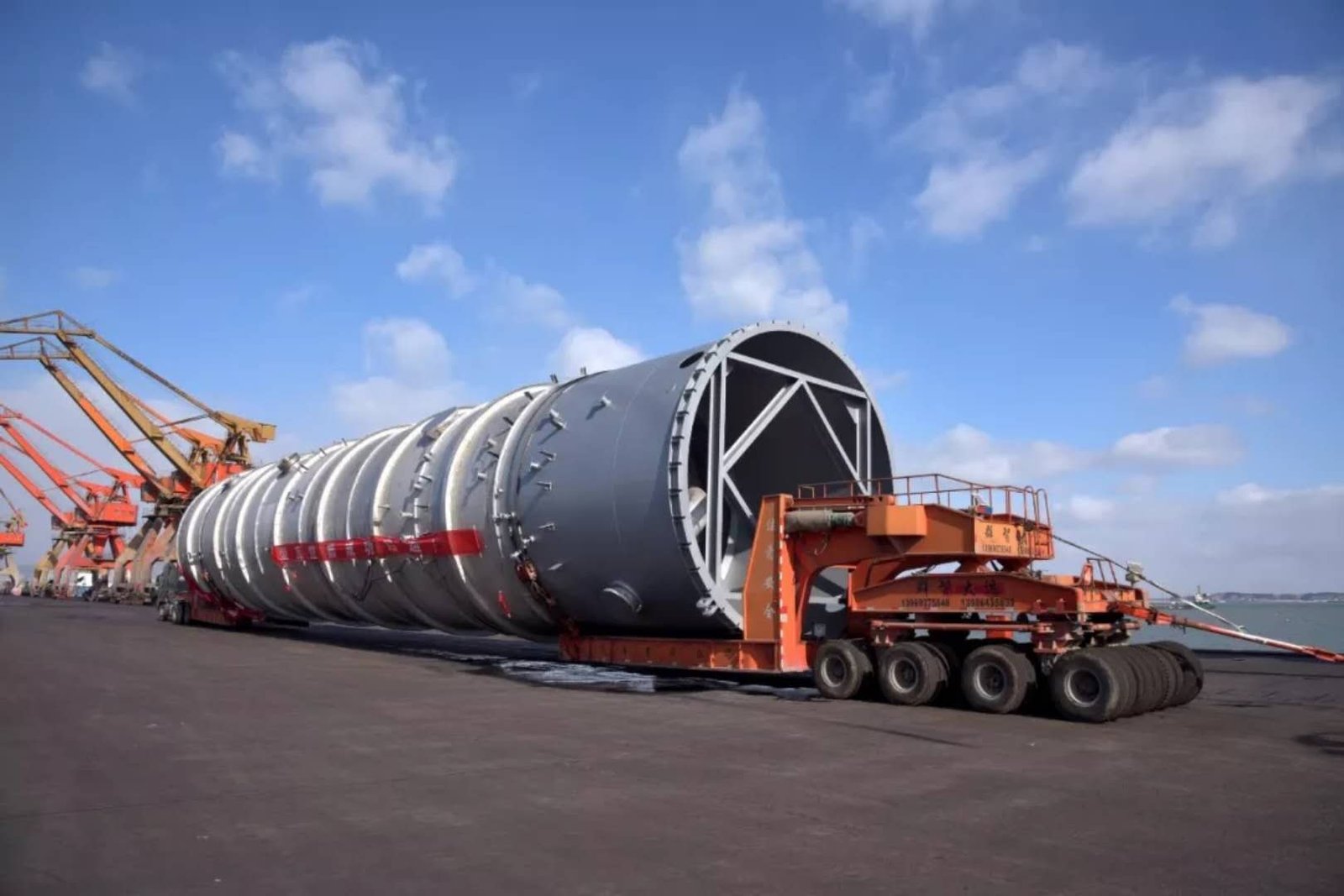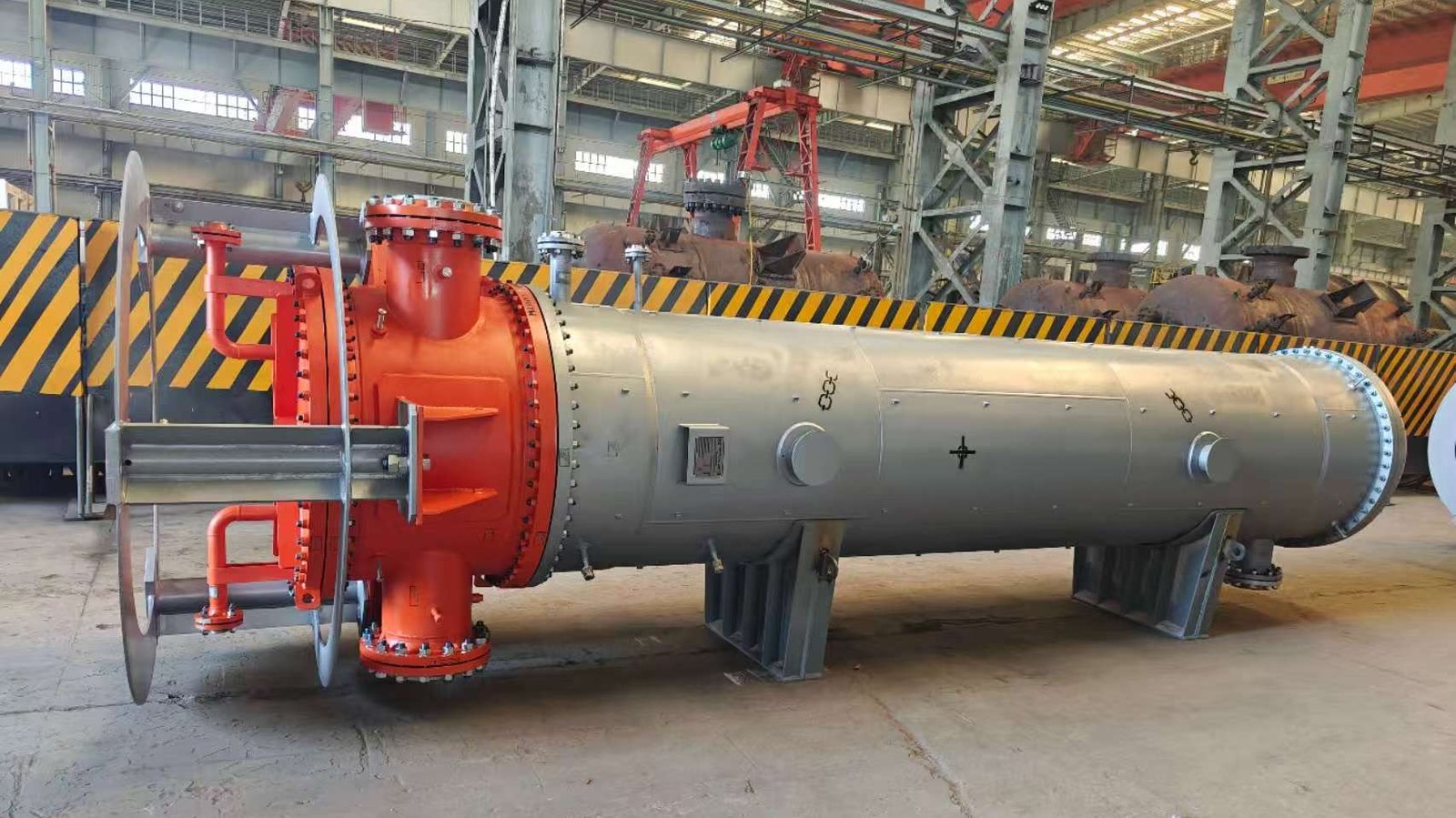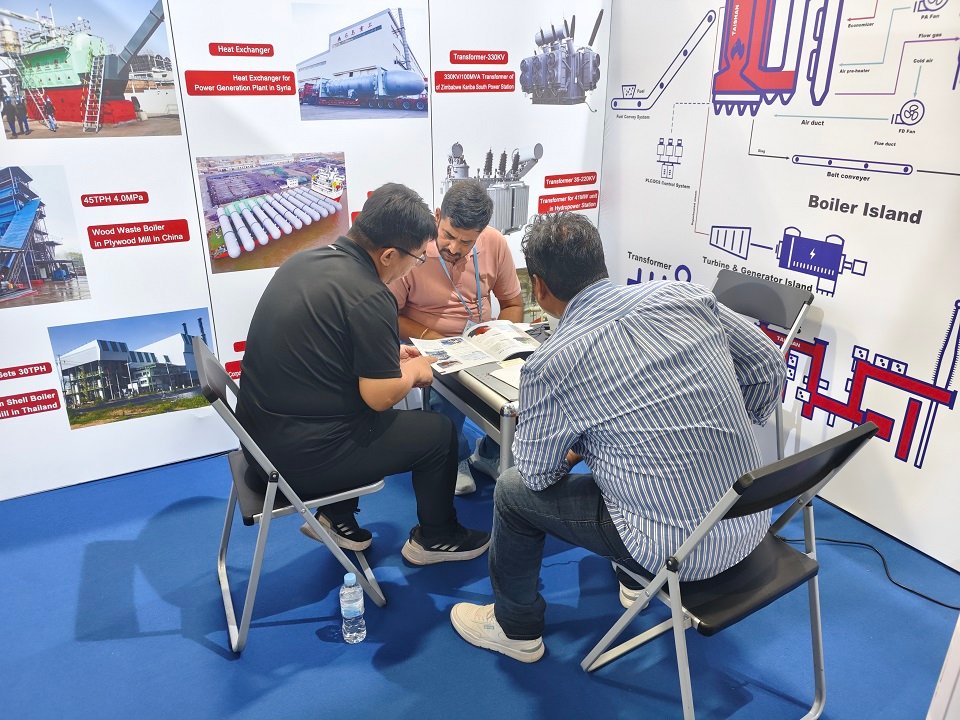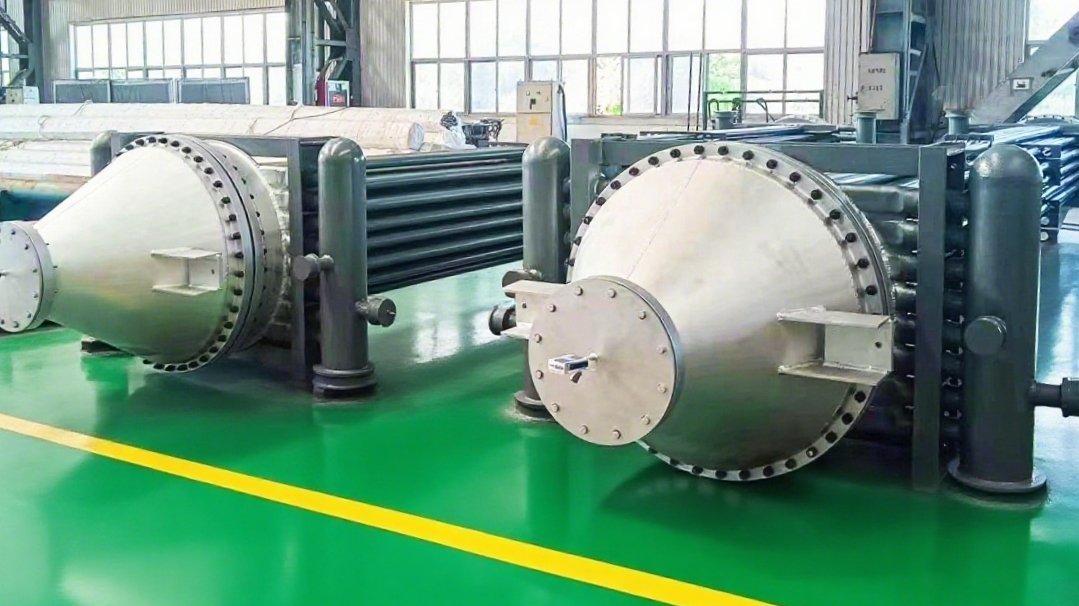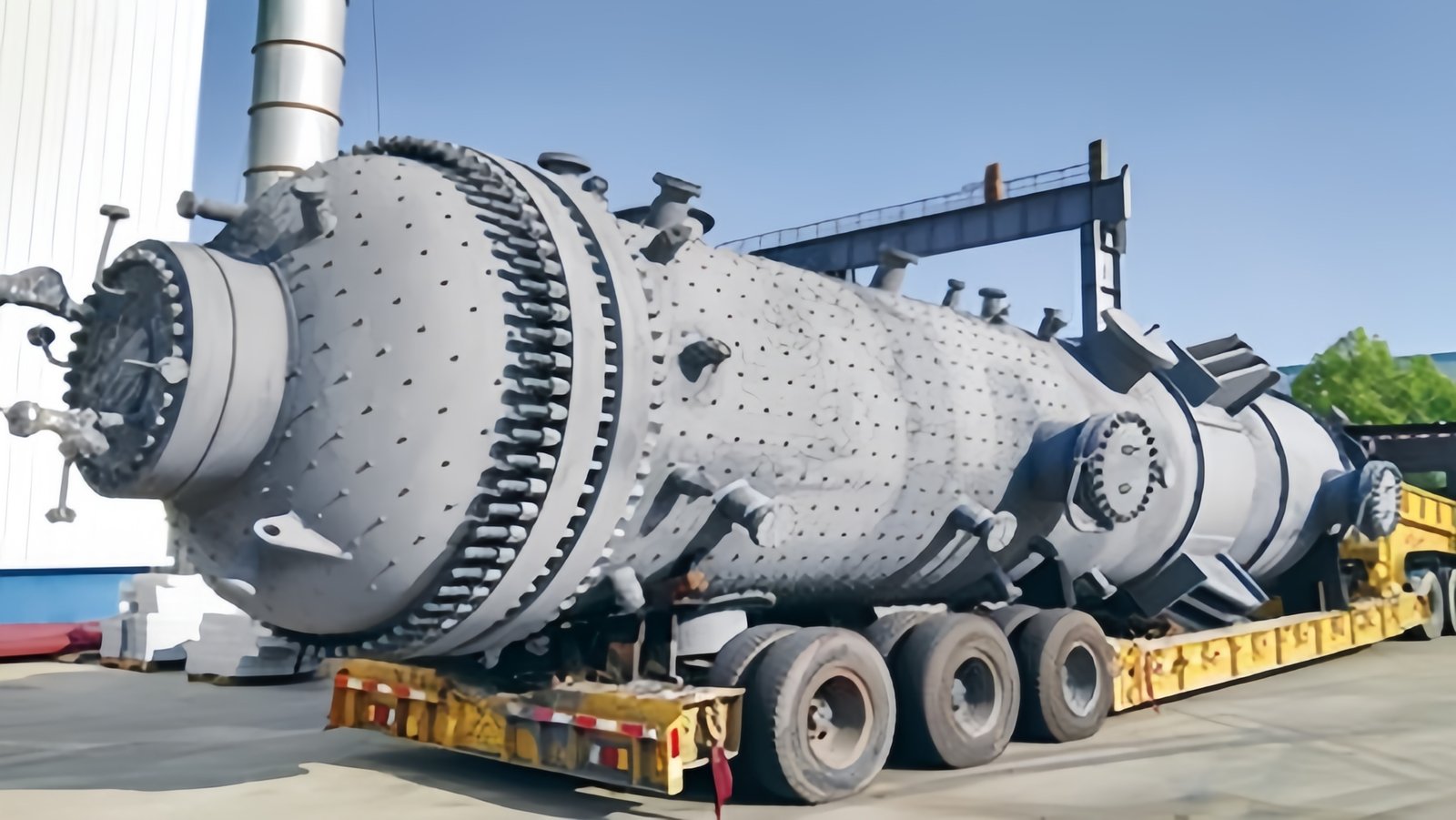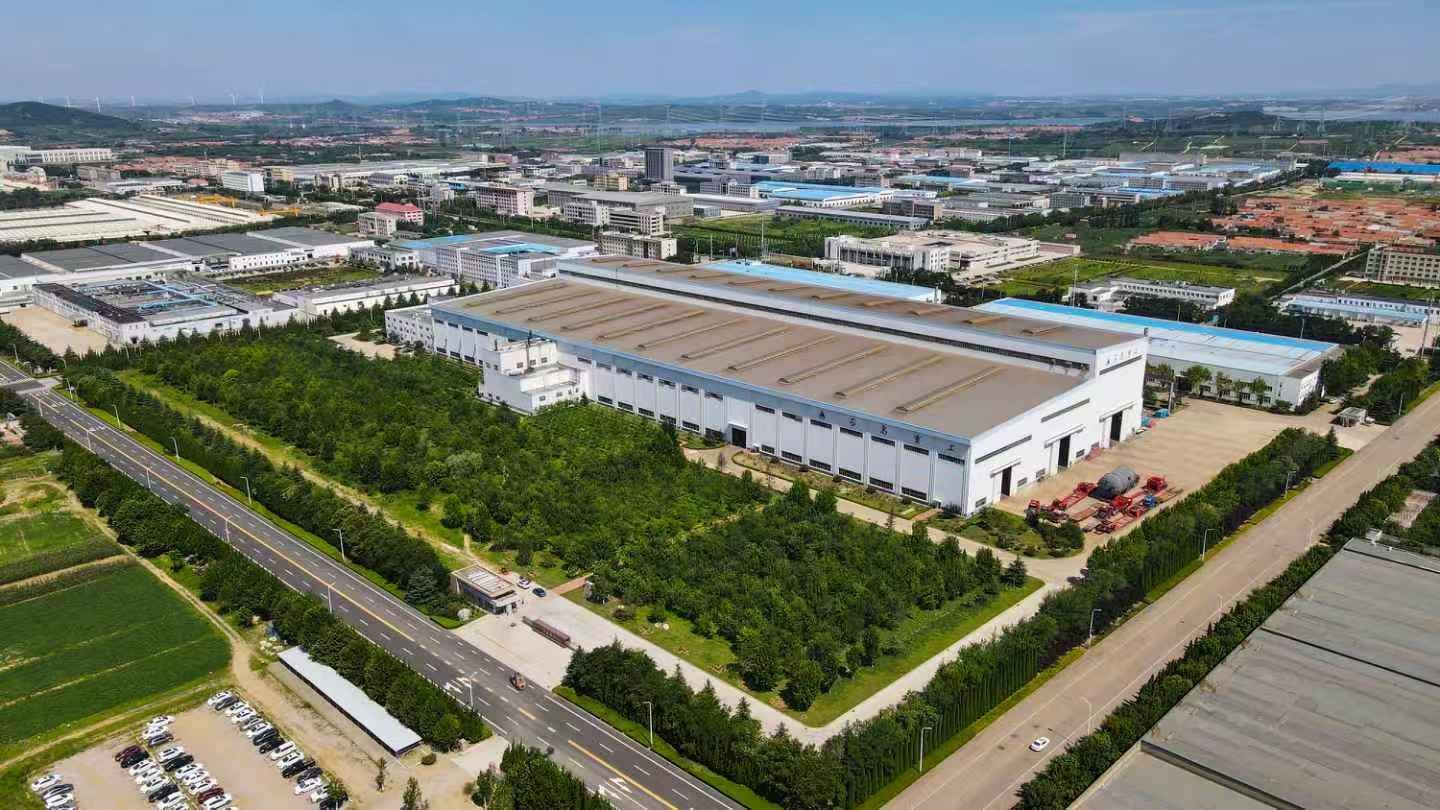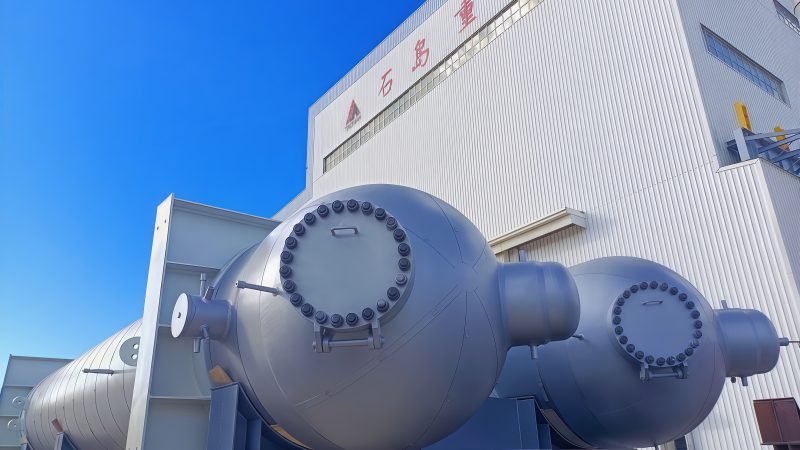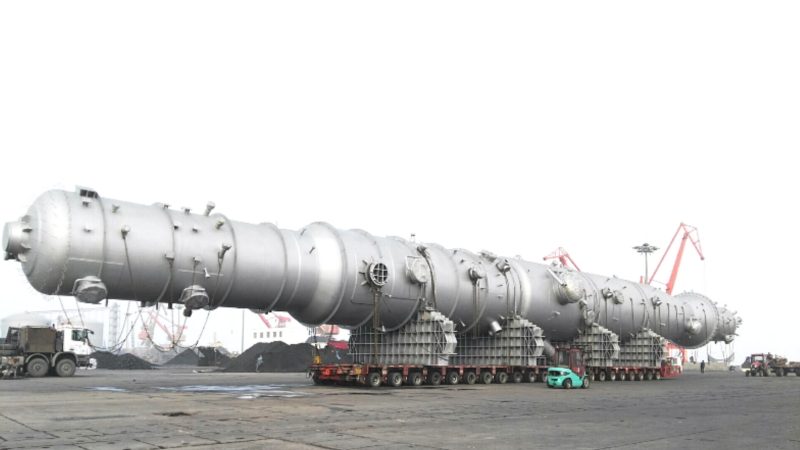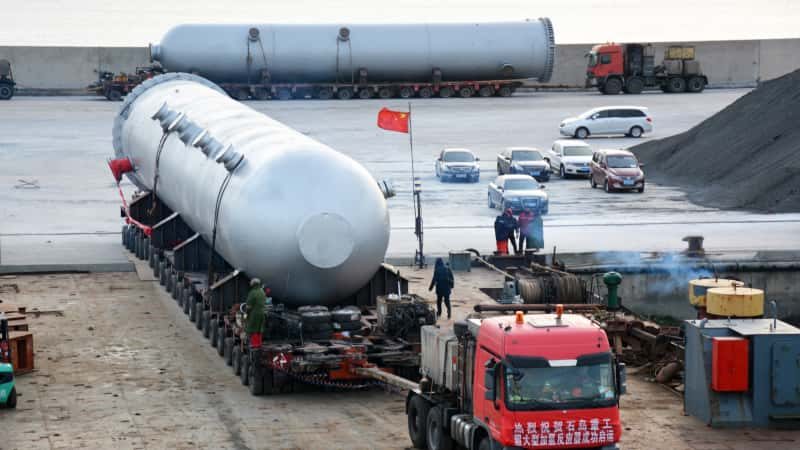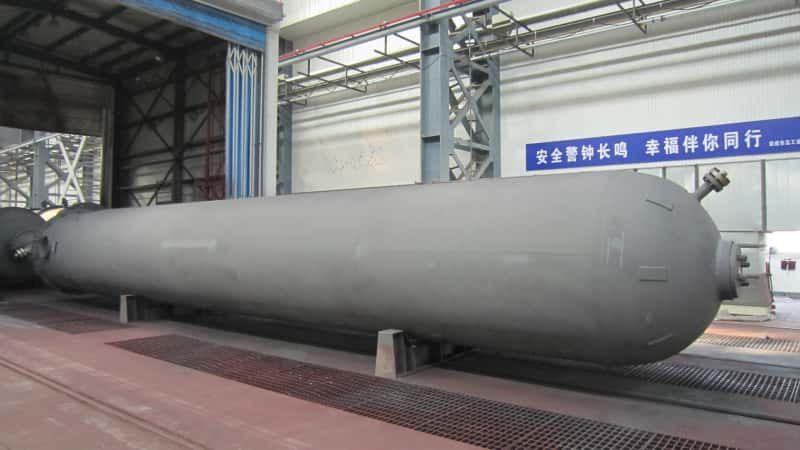When designing or operating pressure vessels in industries like petrochemicals, power generation, or HVAC, selecting the right type of heat exchanger is a critical engineering decision. Using an unsuitable heat exchanger can lead to energy inefficiencies, pressure drops, fouling, frequent maintenance, or even catastrophic failure. However, choosing the correct exchanger type—optimized for pressure, temperature, and medium—can drastically improve thermal performance, reliability, and lifecycle cost. This guide walks you through all the common types of heat exchangers found in pressure vessels, helping you make a well-informed choice.
The main types of heat exchangers used in pressure vessels include shell and tube, plate, spiral, finned tube, double-pipe, and air-cooled exchangers. Each serves specific process conditions: shell and tube is most common due to its pressure resistance, while plate exchangers offer high efficiency in compact sizes. Spiral and finned exchangers are ideal for viscous fluids or gas cooling, respectively. Choosing the right one depends on flow arrangement, operating pressure/temperature, fluid properties, and maintenance needs.
For optimal engineering results, you must understand the inner mechanics, advantages, limitations, and ideal applications for each type of exchanger. Read on as we explore design principles, performance parameters, and practical selection criteria in detail.
Shell and tube exchangers are the most commonly used heat exchangers in pressure vessels.True
Shell and tube heat exchangers handle high pressures and temperatures, making them ideal for pressure vessel applications.
Shell and Tube Heat Exchangers
Design and Structure
The shell and tube heat exchanger consists of a cylindrical shell enclosing a bundle of tubes. One fluid flows through the tubes (tube side) and the other through the shell (shell side). Baffles inside the shell direct flow and enhance turbulence for better heat transfer.
| Component | Function |
|---|---|
| Tubes | Carry the process fluid inside the vessel |
| Tube Sheets | Hold the tubes in place at both ends |
| Baffles | Guide shell-side flow and improve efficiency |
| Shell | Contains the secondary fluid |
| Channel Heads | Distribute and collect tube-side fluid |
Benefits
- Can handle very high pressures (up to 1000 bar) and high temperatures (>600°C)
- Easy to clean and maintain (especially with removable bundle designs)
- Wide variety of materials for corrosive or hazardous fluids
Applications
- Power plants (steam condensers)
- Petrochemical plants (cooling, reboilers, condensers)
- Marine systems (oil coolers)
Performance Chart: Shell and Tube
| Factor | Capability |
|---|---|
| Pressure rating | High (up to 100 MPa with proper design) |
| Temperature tolerance | Very High (>600°C) |
| Heat transfer efficiency | Moderate (improved with baffles) |
| Maintenance | Easy (removable bundles) |
Shell and tube exchangers are difficult to clean.False
Many shell and tube exchangers are designed with removable tube bundles, making cleaning relatively simple.
Plate Heat Exchangers
Design and Structure
Plate heat exchangers use corrugated plates stacked together to form flow channels. Gaskets or welding separates fluids. Counterflow arrangement maximizes thermal performance in a compact size.
| Component | Purpose |
|---|---|
| Corrugated Plates | Increase turbulence and surface area |
| Gaskets/Welds | Separate fluids and seal flow paths |
| Frame | Holds plates under compression |
Benefits
- Very high heat transfer coefficients
- Compact and lightweight
- Easy to expand capacity by adding plates
- Low fouling with turbulent flow paths
Applications
- HVAC (chillers, heat recovery)
- Food processing (pasteurizers)
- Pharmaceuticals and biotech
Performance Chart: Plate Type
| Factor | Capability |
|---|---|
| Pressure rating | Medium (up to 30 bar for gasketed) |
| Temperature tolerance | Medium to high (depends on seal type) |
| Heat transfer efficiency | High |
| Maintenance | Easy (especially gasketed types) |
Plate heat exchangers are suitable for high-viscosity fluids.False
High-viscosity fluids do not flow well in narrow plate channels and often cause clogging.
Spiral Heat Exchangers
Design and Structure
These consist of two metal strips wound into a spiral, creating continuous spiral channels for two fluid streams. They are welded shut and designed for counter-current flow.
Benefits
- Excellent for viscous, fouling, or particulate-laden fluids
- High heat recovery potential
- Self-cleaning flow paths
- Compact footprint
Applications
- Wastewater treatment
- Chemical slurries
- Biofuel production
Spiral vs. Shell and Tube
| Feature | Spiral | Shell & Tube |
|---|---|---|
| Fouling resistance | High (self-cleaning) | Medium |
| Footprint | Small | Larger |
| Cleaning access | Welded ends (difficult) | Easy (removable) |
Spiral heat exchangers are widely used for clean steam heating applications.False
Spiral exchangers are better suited for dirty, fouling, or viscous fluids, not clean steam.
Finned Tube Heat Exchangers
Design and Structure
This design uses extended surface area fins on the outside of the tubes to enhance heat transfer with gases or air. Air is usually moved by fans over the finned surfaces.
Benefits
- Maximizes heat exchange between fluid and gas
- Lightweight and customizable
- Ideal for air-cooled heat exchange systems
Applications
- Air-cooled condensers
- Refrigeration units
- Natural gas heaters
Finned Tube Efficiency Chart
| Design Factor | Impact |
|---|---|
| Fin density | Higher surface area, more heat transfer |
| Tube arrangement | Affects flow and pressure drop |
| Fan speed | Influences convective heat transfer |
Finned tube heat exchangers are ineffective in high-humidity environments.False
Properly coated and designed finned exchangers can perform well even in humid conditions.
Double Pipe Heat Exchangers
Design and Structure
This consists of one pipe inside another. One fluid flows in the inner pipe, the second flows through the annulus in counterflow.
Benefits
- Very simple design and easy to maintain
- Suitable for small-scale systems
- Excellent for high-pressure differential systems
Limitations
- Low heat transfer area per unit length
- Not economical for large flows
Comparison Table: Double Pipe vs Plate
| Factor | Double Pipe | Plate |
|---|---|---|
| Heat transfer area | Low | High |
| Cost for large systems | High | Economical |
| Maintenance | Easy | Easy (gasketed) |
Double pipe heat exchangers are suitable for large industrial heat recovery systems.False
Due to their limited surface area and scalability, they are not ideal for large-scale systems.
Air-Cooled Heat Exchangers (ACHE)
Design and Structure
Air-cooled heat exchangers use ambient air as the cooling medium. Fluid runs through finned tubes, and axial fans blow air over them.
Benefits
- Eliminates the need for cooling water
- Great for remote or water-scarce areas
- Modular and scalable
Applications
- Oil refineries
- Gas compression stations
- Chemical process plants
Air-Cooled Heat Exchanger Design Considerations
| Design Element | Description |
|---|---|
| Fin material | Aluminum or copper for thermal conductivity |
| Tube type | Bare or finned, depending on fluid |
| Fan type | Forced draft or induced draft |
| Frame structure | Galvanized or stainless steel |
Air-cooled heat exchangers cannot handle high process fluid temperatures.False
With proper material selection and design, they can handle fluids above 400°C.
Summary: Which Heat Exchanger Type Should You Choose?
The table below summarizes key performance metrics for all major heat exchanger types used in pressure vessels:
| Type | Pressure | Temp | Efficiency | Fouling Tolerance | Cleaning | Best Use |
|---|---|---|---|---|---|---|
| Shell & Tube | High | Very High | Moderate | Medium | Easy | High-pressure systems |
| Plate | Medium | Medium | High | Low | Easy | Compact, efficient systems |
| Spiral | Medium | Medium | Moderate | High | Hard (welded) | Dirty or viscous fluids |
| Finned Tube | Medium | Medium | High | Medium | Moderate | Gas/air cooling |
| Double Pipe | High | High | Low | High | Easy | Small-scale or high-differential |
| Air-Cooled (ACHE) | Medium | High | High | Medium | Moderate | Outdoor, waterless cooling |
Conclusion
Understanding the different types of heat exchangers in pressure vessels is key to optimizing thermal performance, ensuring equipment longevity, and minimizing maintenance downtime. While shell and tube exchangers remain dominant for their robustness and flexibility, alternatives like plate, spiral, and air-cooled designs offer better efficiency and compactness under specific conditions. Your choice must be rooted in pressure ratings, fouling factors, maintenance ease, and economic viability.
📞 Ready to Select or Customize Your Heat Exchanger?
Contact us today for expert design, manufacturing, and installation support of pressure vessel-integrated heat exchangers tailored to your exact process requirements.

